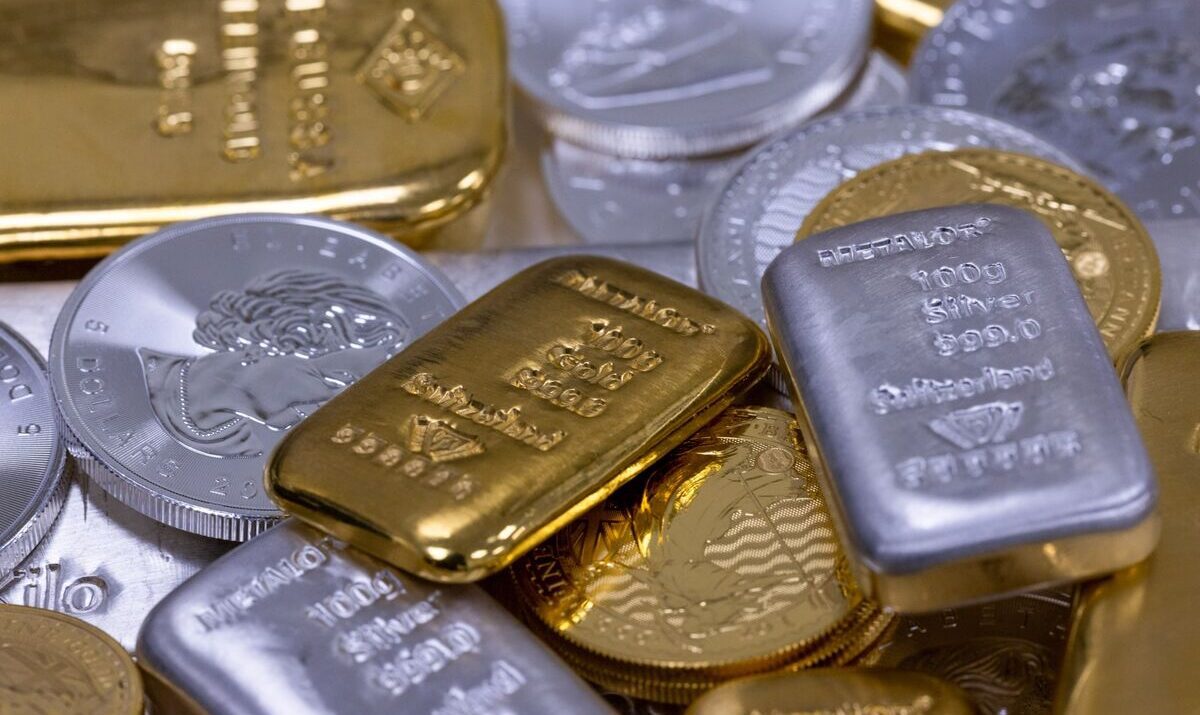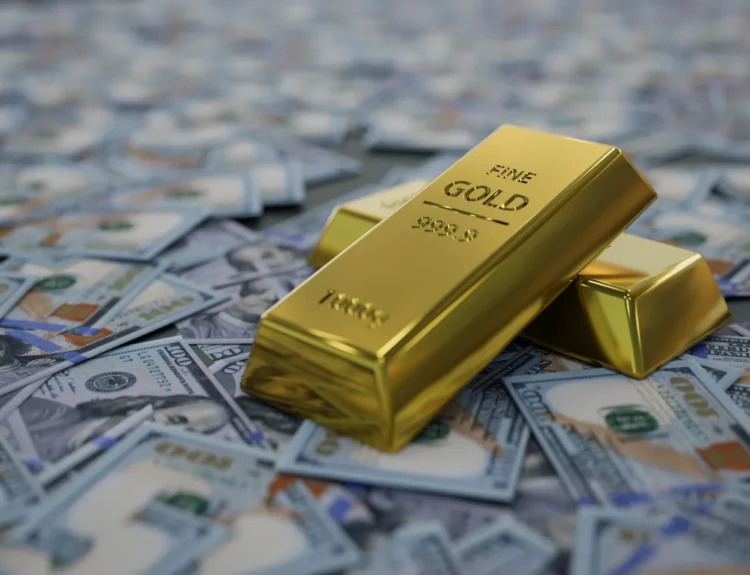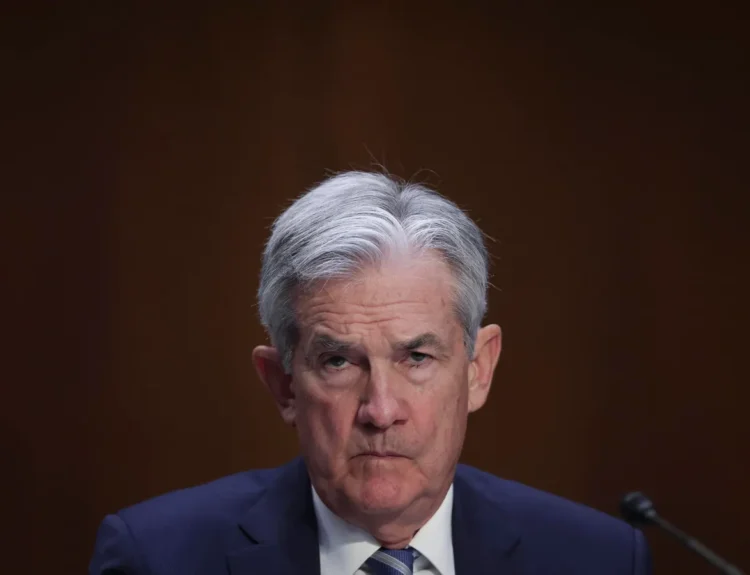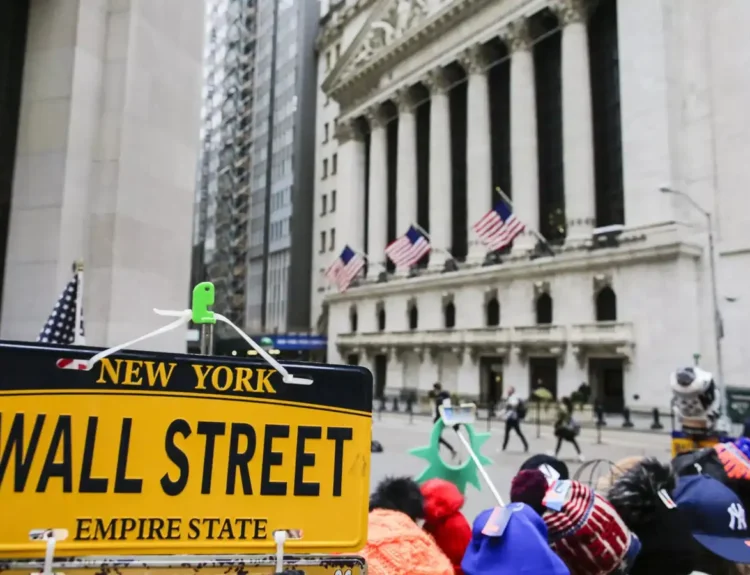After climbing for nine straight weeks to an all-time high above $4,380 per ounce, gold prices crashed by nearly $300 on Tuesday, briefly touching $4,090.97 before stabilising near $4,100 in New York trading.
The 5% drop marked gold’s sharpest daily fall since June 2013, ending its longest rally in more than a decade. US gold futures settled 5.4% lower, as profit-taking and technical corrections swept through the precious metals market.
Silver mirrored the retreat, sliding over 7% to around $48.40 per ounce, after hitting multi-year highs earlier in the week.
Profit-Taking and Shifting Sentiment
Analysts said the pullback was primarily driven by investors cashing out after a historic run, alongside renewed optimism over US-China trade talks and signs of progress toward ending the government shutdown in Washington.
“After such an extreme rally, the market simply needed to cool off,” said Yvonne Yue Li, commodities strategist at Bloomberg. “We’re seeing a healthy correction rather than a reversal of the broader trend.”
Despite Tuesday’s rout, gold remains up more than 57% year-to-date, buoyed by central bank buying, inflation hedging, and geopolitical uncertainty — including trade tensions and Middle East conflicts.
Miners and Markets Hit
The sell-off rippled across global equity markets, hammering gold miners and ETFs.
The VanEck Gold Miners ETF (GDX) plunged 9.4%, while Newmont Corp. (NEM) — the world’s largest gold producer — tumbled 9%, leading losses on the S&P 500.
Market strategists said short-term traders could remain cautious as volatility persists, though long-term fundamentals — from inflation to demand for safe havens — still favor precious metals.
Outlook: Correction, Not Collapse
According to Rabobank’s Jane Foley, the pullback reflects a “natural pause” after overextended speculative positioning, not a structural shift.
“With inflation risks and geopolitical pressures still in play, gold’s bull story isn’t over — but we may not see those record highs again soon,” she said.
Gold’s decade-high rally has finally hit a wall — but analysts see the downturn as a breather, not the end of the bull market. With inflation still sticky and central banks buying at record levels, the world’s oldest safe-haven asset may yet shine again before year-end.
Disclosure: This article does not represent investment advice. The content and materials featured on this page are for educational purposes only.
Related: Sold out in India, panic in London: How the silver market broke










